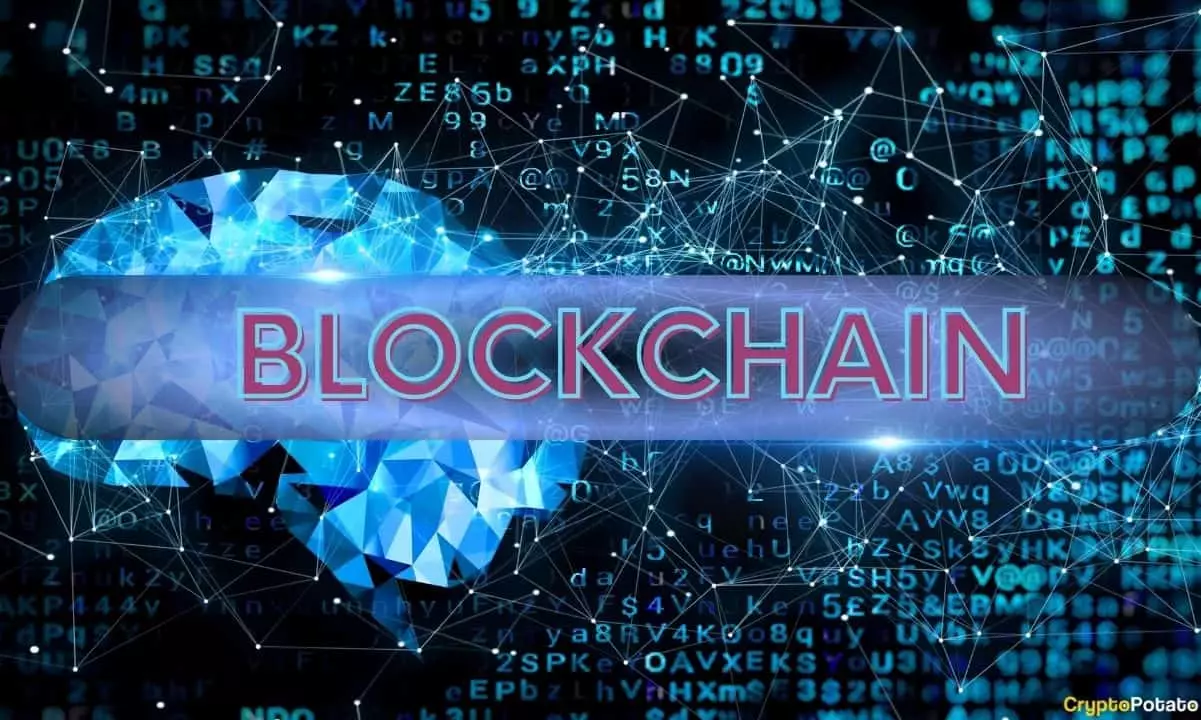In the era of diminishing crypto prices and the rise in global interest rates, investors have begun exploring new avenues for potential growth. One area of keen interest is artificial intelligence (AI), which is projected to take center stage alongside Bitcoin in the coming years. As Nansen’s latest forecast suggests, AI agents are expected to dominate the blockchain ecosystem by 2024, bringing about enhanced security and efficiency. While the integration of AI and blockchain is still uncertain, promising use cases are slowly emerging, indicating a transformative future.
AI agents, with their ability to facilitate transactions, store assets securely, and enable value exchange on behalf of users, are playing a pivotal role in the future of blockchain technology. These agents are likely to evolve into a primary category of users within the blockchain landscape, ushering in a new era of possibilities. However, it is crucial to address the challenges surrounding verification and risk management when dealing with AI interactions within the blockchain. Cryptographic methods, such as digital signatures, IPFS & Merkle Trees, and zkML (zero-knowledge machine learning), have been proposed to authenticate agents. Nonetheless, limitations persist, prompting the question: Can AI manipulate cryptographic proofs like ZK or others? This points to the need for ongoing research and optimization in order to maintain the integrity of the blockchain ecosystem.
To ensure the autonomous functionality of AI models within the blockchain, incentivization through token-based rewards is crucial. By offering tokens as incentives, AI agents and models can be motivated to achieve desired performance outcomes. In the crypto market, AI project tokens like Bittensor (TAO) and Autonolas (OLAS) have gained traction, even during bearish market conditions. This indicates a strong belief in the potential of AI and blockchain, and the rewards associated with these tokens serve as a driving force for their continued development and adoption. Established tokens such as FET and AGIX hold prominent positions within the higher-cap AI coin category, reflecting the growing interest in AI projects.
While efforts to expand the infrastructure of AI are ongoing, there is a notable shift towards prioritizing consumer-oriented applications that can leverage the existing technological framework. The challenge lies not only in building the underlying infrastructure but also in identifying the intended beneficiaries and end-users of these applications. By directing attention towards consumer-focused solutions, the potential impact of AI in various areas, such as healthcare, finance, and supply chain management, can be realized. This shift signifies a greater emphasis on the practical use of AI in everyday life, rather than its mere theoretical potential.
The marriage of artificial intelligence and blockchain technology holds immense promise for the future. As AI agents increasingly dominate the blockchain ecosystem, we can anticipate enhanced security, streamlined processes, and novel use cases. However, the integration of AI and blockchain must be approached with caution, taking into account the challenges of verification, risk management, and maintaining the integrity of cryptographic methods. By incentivizing AI models and shifting the focus towards consumer-oriented applications, we can unlock the true potential of this synergistic evolution. As the years progress, we can look forward to a world where AI and blockchain work in harmony, revolutionizing industries and transforming the way we live and interact.


Leave a Reply